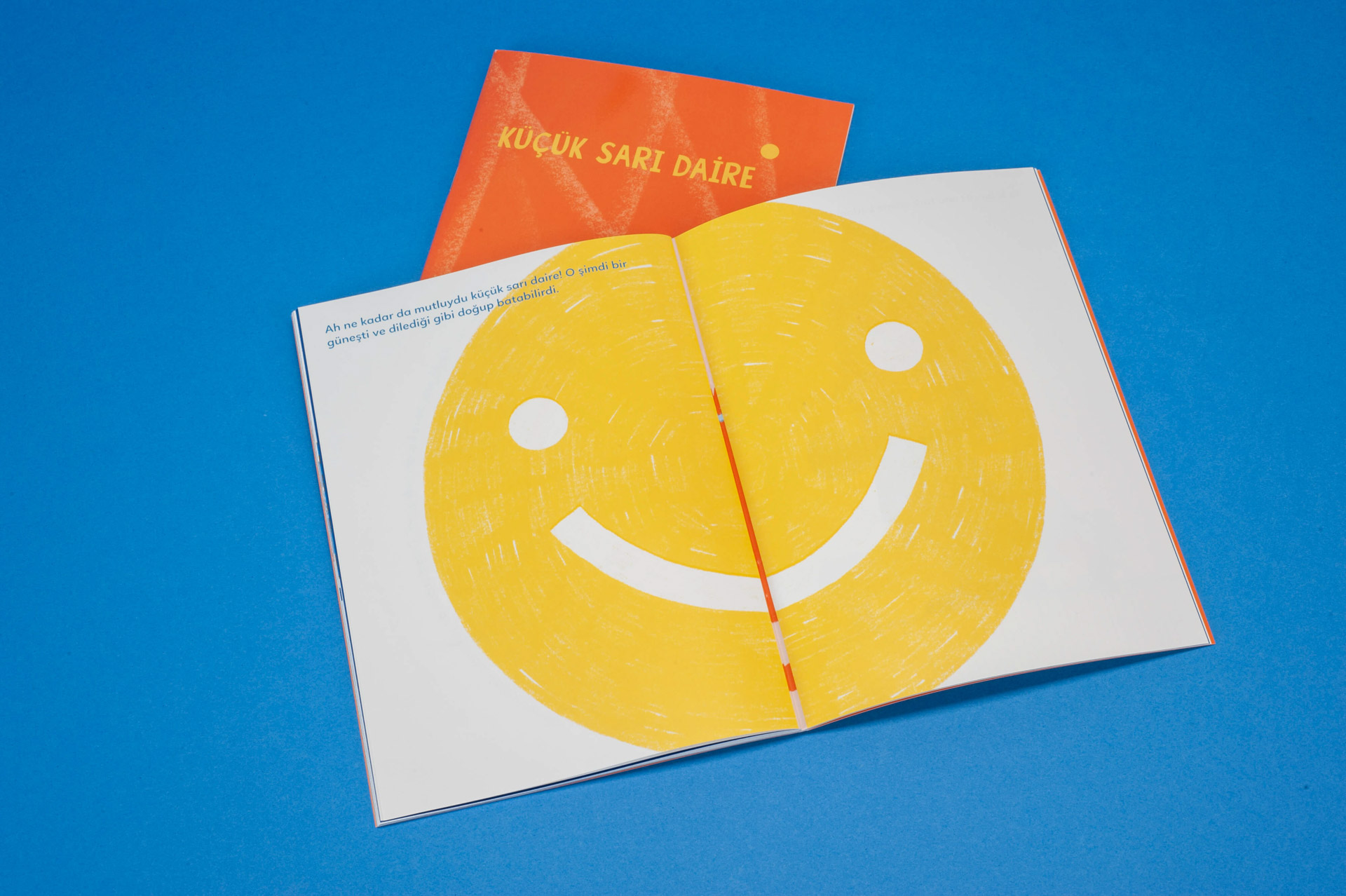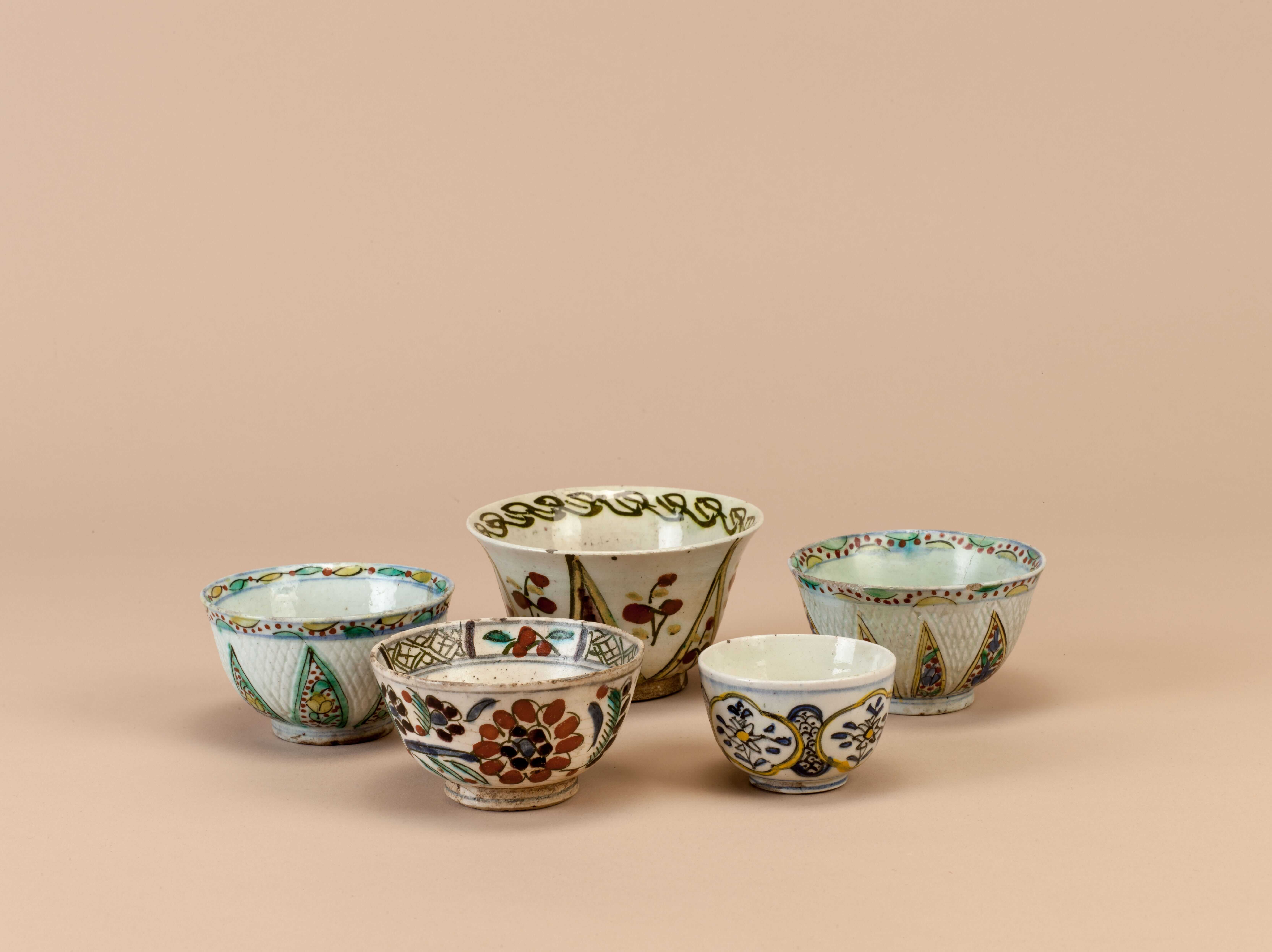School Groups
Primary School
Do you have photos of your family and loved ones at your home? Whose or what other object's photos do you have in the house? We examine figures of movie heroes, music bands and artists displayed in the exhibition and learn more about Byzantine and contemporary art. Then, we recreate images of popular characters using the method of pastel scraping. We learn about pastel scraping and improve our cognitive and psychomotor skills in the workshop.
Materials
Drawing paper
Pastels
Toothpicks
Weekday Online Learning Program
Tuesday, Wednesday, Thursday, Friday
10:00-10:30
10:45-11:15
11:30-12:00
Online guided tour and workshop participation fee per person for private schools: 6 TL
Online guided tours and workshops are free of charge for public schools.
Reservation is required for groups, which should include no less than 10 and no more than 60 participants. After confirmation of the reservation, the workshop link will be sent exclusively to the e-mail address submitted during registration.
Related Exhibition: “What Byzantinism Is This in Istanbul!”: Byzantium in Popular Culture

Published as part of Pera Learning programs, “The Little Yellow Circle (Küçük Sarı Daire)” is a children’s book written by Tania Bahar and illustrated by Marina Rico, offering children and adults to a novel learning experience where they can share and discover together.

Coffee was served with much splendor at the harems of the Ottoman palace and mansions. First, sweets (usually jam) was served on silverware, followed by coffee serving. The coffee jug would be placed in a sitil (brazier), which had three chains on its sides for carrying, had cinders in the middle, and was made of tombac, silver or brass. The sitil had a satin or silk cover embroidered with silver thread, tinsel, sequin or even pearls and diamonds.
Tuesday - Saturday 10:00 - 19:00
Friday 10:00 - 22:00
Sunday 12:00 - 18:00
The museum is closed on Mondays.
On Wednesdays, the students can
visit the museum free of admission.
Full ticket: 300 TL
Discounted: 150 TL
Groups: 200 TL (minimum 10 people)